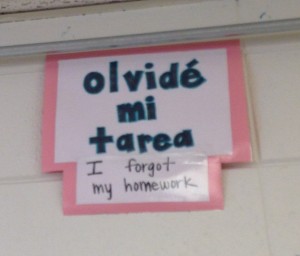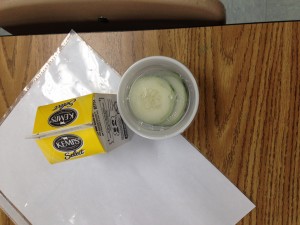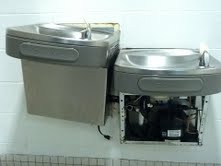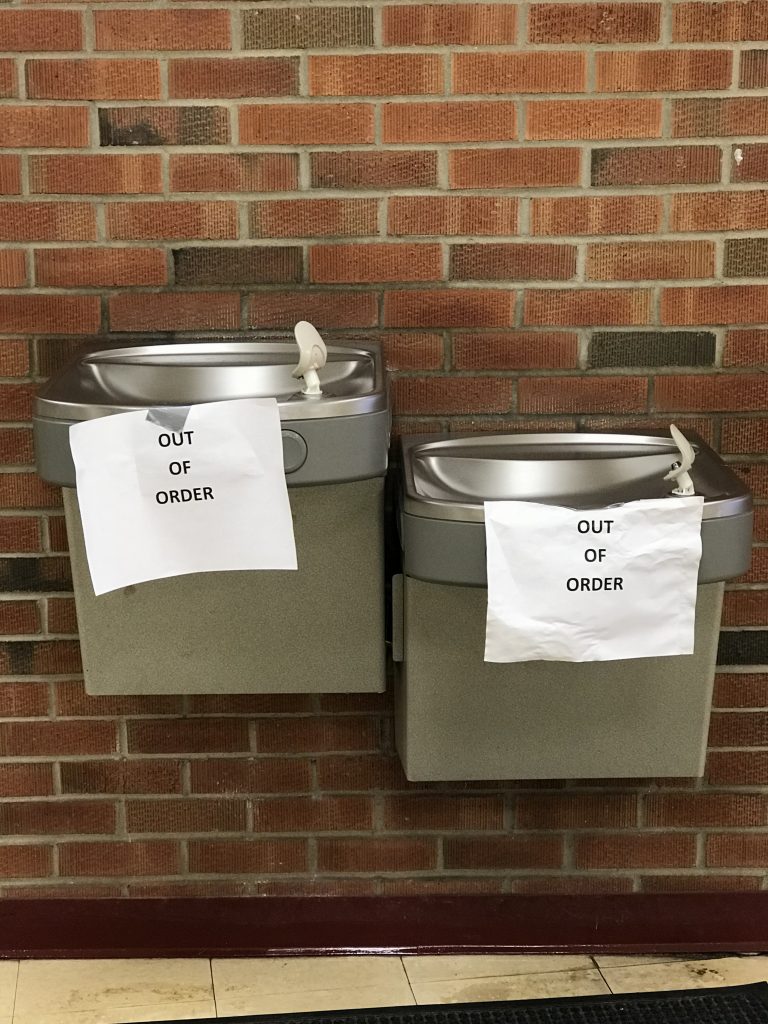
I am teaching Spanish right now, filling in as a maternity leave substitute. My own middle school and high school Spanish classes remain fun memories. I am Facebook friends with my former middle school Spanish teacher. I fondly remember that Bolivian guy from the high school, who served his daughters and me red wine when I was over for dinner one night in high school. (Nowadays, I imagine he would lose his job.)
My middle school offered French but I chose Spanish, back then a true choice. I could have taken German as well. I could have skipped language study altogether. In high school, I added French and Latin to my coursework. As a result, I can hack my way through easier books in Italian and Portuguese. Romance languages — bring ’em on!
Too many of my current Spanish students do not share my enthusiasm for language. Some do. They listen attentively, ask questions and put in the time to produce quality work. But I am in my third stint teaching Spanish and I am again wondering why I encounter so much negativity.
I have a few speculations. Many students have been pushed into this elective by their parents or other family members, who rightly regard Spanish as potentially highly useful. “George” hates Spanish, he told the administration and his family. His parents are making him take it anyway.”Henry” also says he hates Spanish, but his grandma won’t let him drop. Parents and guardians can see the advantage to being able to add “Fluent in Spanish” to a resume.
Many, many middle schools now offer only Spanish as a foreign language alternative. The only young, potential German teacher I know has never been able to find a job. The other German teacher I know travels between high schools in a large district. The high school in the district where I last worked is phasing out French. Soon Spanish will be the only language that remains.
This leads me to a couple of brainstorms that I had while talking to fellow teachers at lunch: One reason I believe my classmates and I entered into Spanish more enthusiastically than today’s kids was that we were allowed to make a choice. We might have studied French or German. The class was our pick, a genuine choice, not a demanding subject that had been foisted on us. The other reason I think Spanish might have been an easier sell in the past was that Spanish was exotic. We did not hear Spanish daily, as many of our students now do. Like French and German, Spanish spoke to us of far-off lands and big adventures. We were preparing to be explorers, not hospital translators. For most of us, Spanish was the path to Madrid, Mexico City, Bueno Aires, or Machu Picchu, not a useful addition to a resume.
I would go so far as to suggest that the resume connection may be part of the turn-off that makes certain kids want to avoid Spanish language studies, that combined with the many millions of Americans for whom Spanish is their first language. More than a few students have told me that they feel that they can never be as good as the many native speakers around them, so they do not see the sense in trying.
Eduhonesty: Languages cannot be learned by students who do not have an interest in learning them or at least a strong, work ethic. An unenthusiastic student who works diligently may eventually catch a wave and learn to enjoy language studies. But students without that work ethic will mostly fail to learn a language unless they are highly motivated. We are talking about learning thousands and thousands of words, along with occasional quirky changes in language structure and grammar usage.
What can we do to help our students? A few days ago, I suggested that maybe not everyone needs to take algebra. I’d like to extend that thread. Maybe not everyone needs to take Spanish. A kid who hates Spanish ought to take something else — at least until he or she WANTS to take Spanish. Without interest or enthusiasm, languages become throwaway classes for too many kids.
I’d also like to make the case for those lost French and German positions. We ought to bring them back. If we wanted to add or substitute Russian or Japanese instead, that would work, too. What we need to bring back is choice. We need to bring back the idea that language learning can lead toward rollicking adventures in mysterious, distant lands. Language students can find themselves taking trains to castles and ancient aquaducts, while journeying through histories much longer than America’s own. That vision can get a child to study direct object pronouns, even when those pronouns aren’t much fun. Kids like to dream big dreams.
They mostly try to avoid thinking about resumes.
I’d start language learning much earlier, too, but that’s another post.







